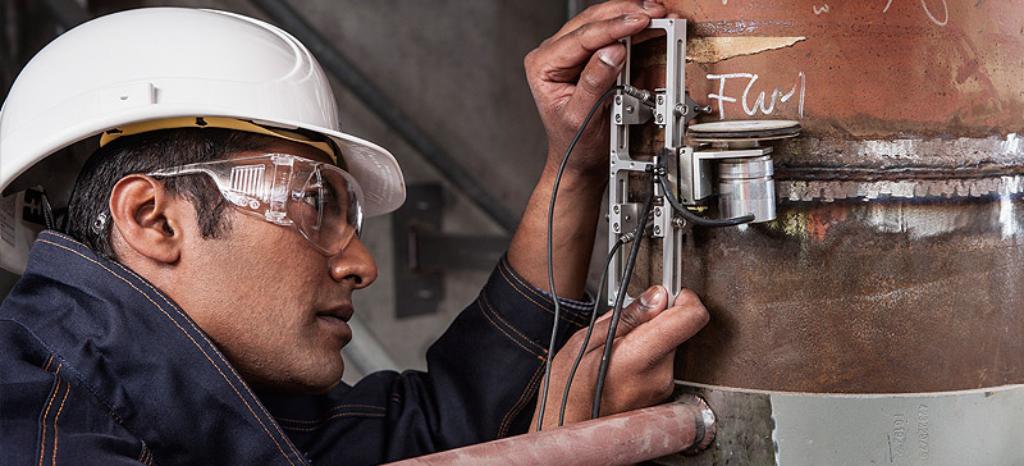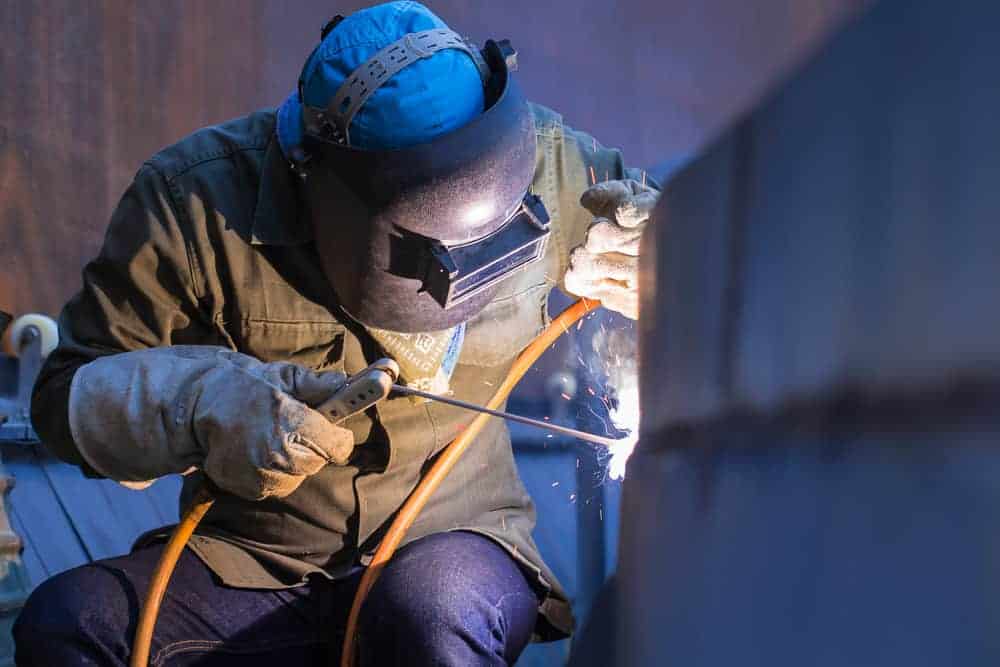The Duty of Technology in Modern Welding Inspection Madison Practices
The Duty of Technology in Modern Welding Inspection Madison Practices
Blog Article
Checking Out Advanced Devices and Approaches for Accurate Welding Evaluation
In the realm of welding assessment, the pursuit of accuracy and reliability is paramount, spurring the development of sophisticated devices and techniques. Laser scanning technologies and computerized inspection systems, equipped with artificial knowledge, are redefining the landscape by lowering human mistake and improving security steps.
Ultrasonic Checking Innovations
Ultrasonic testing technologies often stand for the forefront of advancements in welding examination innovations. These innovations have actually considerably boosted the capacity to find and evaluate interruptions within bonded structures, ensuring improved stability and safety and security.

Additionally, innovations in software application algorithms for information evaluation have boosted the accuracy of flaw discovery and sizing. Automated ultrasonic testing systems now offer high-resolution imaging, making it possible for comprehensive assessments of weld top quality. These systems are typically incorporated with sophisticated visualization tools, which help with the interpretation of results.
Radiographic Inspection Techniques
While ultrasonic testing innovations have established a high criterion in non-destructive exam, radiographic evaluation methods remain to play an important duty in welding inspection by providing one-of-a-kind insights into product honesty. Radiographic screening (RT) uses making use of X-rays or gamma rays to permeate products, producing a radiograph that aesthetically stands for the internal framework of a weld. This imaging capability is invaluable for spotting subsurface defects such as porosity, additions, and fractures that may not be visible through surface area examinations.
The procedure involves placing a radiation source on one side of the weld and a detector on the opposite side. Variants in product thickness and thickness influence the depletion of the rays, creating a different photo that specifically defines flaws. RT is especially useful for evaluating thick sections and complicated geometries where various other methods may fail.
Regardless of its effectiveness, radiographic inspection needs to be carried out with stringent adherence to safety methods as a result of the harmful nature of ionizing radiation. Furthermore, the analysis of radiographs needs proficient personnel, as the top quality of the evaluation directly affects the dependability of the inspection. Continuous innovations in electronic radiography are enhancing picture quality and analysis efficiency, strengthening RT's critical duty in making sure weld top quality.
Laser Scanning Advancements
Embracing laser scanning technology in welding inspection has reinvented the assessment of weld top quality and integrity. Unlike conventional evaluation techniques, laser scanning gives quick information acquisition, substantially improving the efficiency and precision of weld analyses.
Laser scanning breakthroughs have actually resulted in substantial renovations in defining and finding surface imperfections such as porosity, absence of combination, and damages. The high-resolution data enables inspectors to carry out detailed analyses, ensuring that welds satisfy stringent sector requirements. This method sustains the growth of electronic documents, assisting in long-term try this site high quality assurance and traceability.
In addition, laser scanning modern technology integrates seamlessly with software application remedies created for automated defect detection and evaluation. The resultant information can be conveniently shared and assessed, advertising joint decision-making procedures. As sectors remain to demand higher standards for weld top quality, laser scanning continues to be at the forefront, providing exceptional precision and efficiency in welding inspection.
Automated Assessment Equipments

Automated assessment systems supply the advantage of consistency, eliminating human error and subjectivity from the examination process. They are developed to operate in numerous atmospheres, from production floorings to remote field websites, making certain comprehensive coverage. Welding Inspection Madison. These systems can be set to follow particular welding standards and requirements, supplying in-depth reports and documents for quality assurance functions
Additionally, the integration of cloud-based systems promotes the storage and evaluation of substantial amounts of inspection information. This makes it possible for pattern analysis and predictive upkeep, enabling suppliers to address prospective concerns prior to they escalate. The fostering of automatic evaluation systems is a pivotal move in the direction of enhancing the integrity and performance of welding processes in commercial applications.

Enhancing Safety And Security and Performance
A substantial facet of boosting safety and security and effectiveness in welding inspection hinges on the integration of cutting-edge technologies that streamline procedures and alleviate dangers. The fostering of innovative non-destructive testing (NDT) methods, such as ultrasonic testing, phased variety ultrasonic testing (PAUT), and radiographic testing, plays a critical function in making sure architectural stability without endangering the safety of the personnel involved. These continue reading this techniques enable for extensive assessments with very little downtime, decreasing possible risks related to standard methods.
In addition, the application of real-time data analytics and equipment knowing formulas has changed the way evaluation information is translated. By using predictive analytics, possible flaws can be recognized before they manifest right into vital failings, guaranteeing prompt treatments and maintenance. This positive approach dramatically enhances operational efficiency and safety and security in welding processes.
Moreover, remote assessment innovations, including drones and robotic spiders equipped with high-resolution electronic cameras, make it possible for inspectors to assess hard-to-reach areas without revealing them to harmful conditions. This not only boosts assessment precision but additionally reduces human threat. By leveraging these sophisticated tools and techniques, industries can achieve higher safety and security criteria and operational performance, eventually leading to even more lasting and dependable welding evaluation practices.
Final Thought
The integration of sophisticated devices and approaches in welding examination considerably enhances problem discovery and makes certain architectural integrity. Welding Inspection Madison. Advancements such as phased array ultrasonic testing, electronic radiography, and laser scanning improve flaw characterization, while automated examination systems and AI minimize human mistake. Remote technologies promote safe assessments in hazardous atmospheres, promoting a proactive upkeep approach. These innovations not just increase assessment performance however likewise add to boosted safety and top quality guarantee in commercial welding applications.

Ultrasonic screening innovations often stand for the leading edge of developments in welding examination modern technologies.While ultrasonic testing advancements have actually set a high standard in non-destructive evaluation, radiographic evaluation strategies proceed to play an essential duty in welding examination by supplying special understandings right into material honesty.Welcoming laser scanning modern technology in welding assessment has changed the assessment of weld top quality and stability. As industries continue to require higher criteria for weld high quality, laser scanning continues to be at the leading edge, using exceptional accuracy and efficiency in welding about his examination.
Automated examination systems offer the benefit of consistency, removing human error and subjectivity from the evaluation procedure.
Report this page